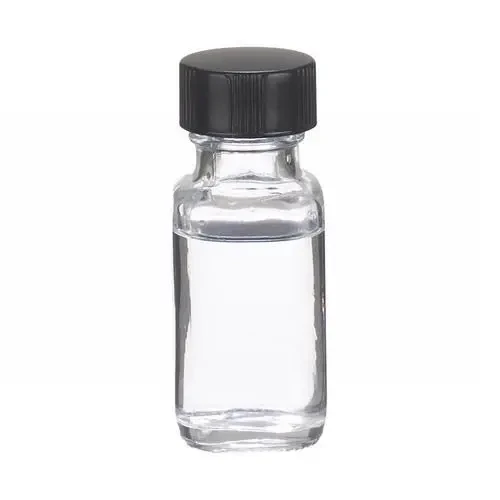Understanding the Cost of Polyacrylamide A Comprehensive Analysis
Polyacrylamide is a synthetic polymer widely used in various industries, ranging from water treatment to bio-medical applications. Its unique properties, such as high absorbance, flocculation, and gel formation, make it invaluable in numerous processes. However, understanding the cost associated with polyacrylamide production and application is crucial for businesses, researchers, and policymakers alike. This article aims to delve into the factors influencing polyacrylamide costs, its pricing structures, and its implications in various sectors.
Factors Influencing Polyacrylamide Costs
1. Raw Materials The primary component of polyacrylamide is acrylamide monomer, which is derived from petroleum. Fluctuations in oil prices significantly impact the production costs of polyacrylamide. As prices of crude oil rise or fall, manufacturers may alter their pricing strategies to maintain profitability. Additionally, other chemicals and catalysts used in the production process can also affect the overall cost.
2. Production Processes The method by which polyacrylamide is manufactured plays a critical role in determining its cost. Emulsified polyacrylamides may be produced using different techniques compared to granular polyacrylamides, leading to variations in price. Additionally, the scale of production can significantly influence costs; bulk production is often more cost-effective than small-batch production due to economies of scale.
3. Quality and Specifications Polyacrylamide is available in various grades and specifications tailored for specific applications, including low, medium, and high molecular weights. The purity level and specific characteristics (e.g., ionic charge) can vastly impact pricing. Specialized formulations or higher purity grades, while necessary for certain applications, tend to command higher prices.
4. Regulatory Compliance The polyacrylamide industry is subject to strict regulations regarding environmental impact and safety standards. Compliance with these regulations often entails additional costs for manufacturers, which can affect the final price of polyacrylamide products. Moreover, the increasing demand for green chemistry and sustainable practices is leading some companies to invest in environmentally friendly production methods, which may initially raise costs.
5. Market Demand Like many commodities, the cost of polyacrylamide is influenced by market demand. Industries such as agriculture, mining, and wastewater treatment have increased their usage of polyacrylamide for its effectiveness in soil stabilization, sludge dewatering, and other applications. As more sectors recognize its benefits, demand rises, which can consequently elevate prices.
polyacrylamide cost

Current Pricing Trends
As of late 2023, the price of polyacrylamide varies significantly across different markets and applications. On average, the cost of polyacrylamide can range from $1.50 to $15.00 per kilogram, depending on the factors mentioned above. For instance, standard grades used in water treatment are typically at the lower end of the price spectrum, while specialized or high-purity grades can approach the higher end.
Additionally, regional variations in pricing are notable, influenced by factors such as local production capabilities, demand levels, and transportation costs. For example, regions with high production capabilities might offer lower prices due to reduced shipping expenses. Conversely, regions reliant on imports may witness higher costs.
Implications for Businesses
For companies utilizing polyacrylamide, understanding the cost structure and its variations is paramount for effective budgeting and financial planning. Businesses must also be aware of the potential for price fluctuations due to raw material changes or shifts in market demand. Developing strategic partnerships with suppliers and considering bulk procurement can help mitigate some of these cost pressures.
Moreover, exploring alternative materials or methods that achieve similar results as polyacrylamide may provide cost benefits in the long run. As technology advances, new formulations and production techniques may emerge, potentially transforming the landscape of polyacrylamide pricing.
Conclusion
In summary, the cost of polyacrylamide is influenced by a complex interplay of factors ranging from raw material prices to production methods and market dynamics. Understanding these elements provides valuable insights for businesses in various fields. As industries evolve and prioritize sustainability, the future pricing trends of polyacrylamide will likely undergo further shifts, making it essential for stakeholders to stay informed and adaptable in their approaches.

